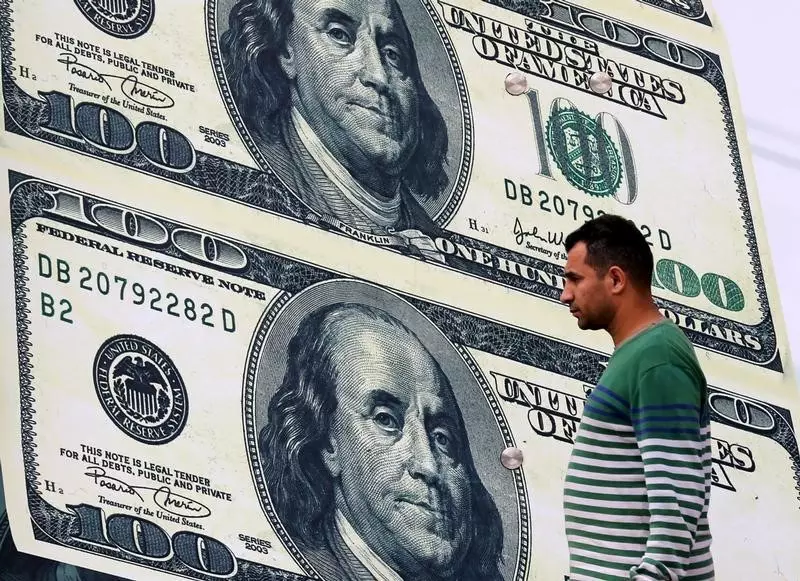The U.S. dollar managed to edge higher recently, recovering from its recent lows as investors awaited key economic data releases. The Dollar Index, which measures the dollar against a basket of other currencies, saw a slight increase of 0.2% to 101.182. This bounce back was partly due to the greenback’s safe-haven status amid concerns over trade tensions between China and the West, as well as geopolitical uncertainties in various regions. Despite this recovery, the U.S. dollar continues to face pressure due to the anticipation of lower interest rates in the coming months, with the Federal Reserve expected to shift its policy towards a more accommodative stance after a period of tightening measures. The dollar has already dropped by 2.9% this month, signaling a significant decline that may continue as market conditions evolve.
European Economy Shows Signs of Weakness
In contrast to the U.S. dollar’s slight recovery, the euro faced setbacks in its value against the dollar. The EUR/USD pair traded 0.4% lower at 1.1079 as preliminary data from German states indicated a decline in national inflation levels. The European Central Bank’s decision to cut interest rates earlier this year has not yielded the expected results, with inflation rates falling in Germany and other parts of the eurozone. This situation is likely to push policymakers towards implementing further rate cuts in an effort to stimulate economic growth. The GBP/USD pair, on the other hand, remained relatively stable, hovering around 1.3188, showing signs of strength compared to previous levels.
In Asia, the USD/JPY pair saw a marginal increase to 144.72, following a recent surge in value. Expectations of interest rate hikes by the Bank of Japan have supported the yen, although inflation data did not fully align with the central bank’s projections. The USD/CNY pair, meanwhile, dropped by 0.3% to 7.1060, despite stronger-than-expected midpoint fixes by the People’s Bank of China. Concerns over a potential trade war between China and the West have dampened sentiment towards the Chinese currency, with recent developments adding to the uncertainty surrounding global trade dynamics.
As investors await crucial economic data releases, particularly the revised reading on gross domestic product data for the second quarter and the PCE price index data, market sentiment is likely to be influenced by these reports. For the U.S., recent indicators have shown a mixed picture of the economy, with signs of resilience in GDP growth but weakness in the labor market. In Europe, the focus is on inflation rates and the potential for further interest rate cuts by the European Central Bank. These economic indicators will play a significant role in shaping currency market trends in the coming days as investors reassess their positions based on the latest information available.
The impact of economic data on currency markets is undeniable, with market participants closely monitoring key indicators to gauge the health of various economies and adjust their trading strategies accordingly. As geopolitical tensions and trade uncertainties continue to loom large, the currency markets remain volatile, reflecting the broader economic landscape and investor sentiment worldwide.

